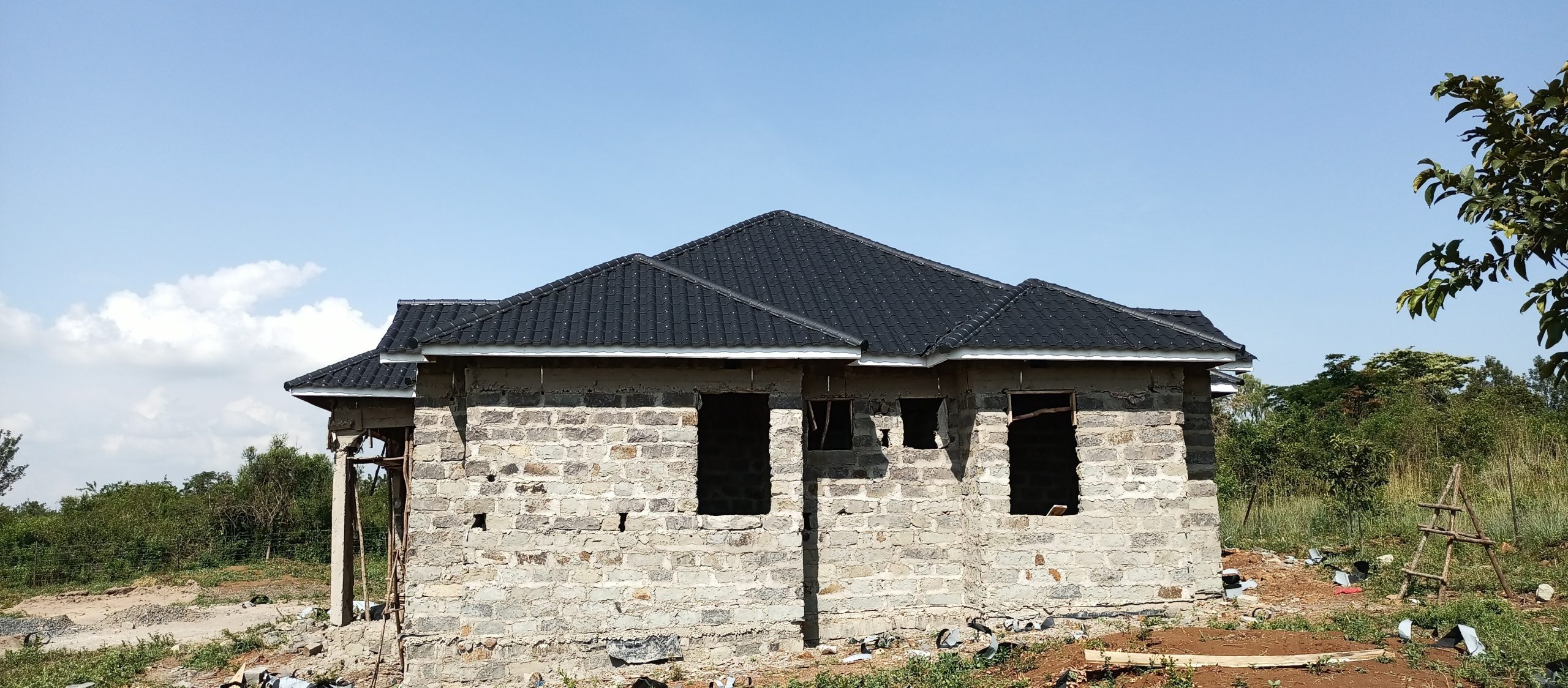NEMA Approval Kenya
Get NEMA approval in Kenya fast with this 2025 guide. Learn the environmental impact assessment process, construction permit requirements, costs, documents, timelines, and expert tips to avoid delays in your building project.
Introduction
NEMA Approval Kenya
Before starting any construction or development project, you must obtain NEMA approval in Kenya. This approval ensures your project complies with environmental standards and safeguards the community and natural resources. The process involves completing an Environmental Impact Assessment (EIA) or Summary Project Report (SPR) before construction begins.
Whether you’re building a house, mall, or factory, this approval is mandatory. In this article, we’ll explain the complete process, requirements, costs, and timelines for NEMA approval in 2025.
What is NEMA Approval and Why It Matters
NEMA approval is an official licence issued by the National Environment Management Authority (NEMA). It confirms that your project meets environmental laws under the Environmental Management and Coordination Act (EMCA).
It helps prevent environmental harm by ensuring proper waste management, pollution control, and land use practices. Without NEMA approval, your project risks being halted or attracting heavy penalties.
Legal Basis and Mandate
The EMCA (Cap 387) gives NEMA the authority to assess and approve development projects that may impact the environment. These regulations apply to all individuals, businesses, and developers across Kenya. The EIA and Environmental Audit Regulations of 2003 further guide the process and define what type of projects require assessment.

When You Need NEMA Approval
You must apply for NEMA approval before starting any project that may affect land, air, or water. This includes residential housing, roads, fuel stations, industries, hospitals, and even farms. Smaller, low-risk projects may only require a Summary Project Report (SPR), while larger ones need a full Environmental Impact Assessment (EIA).
Types of NEMA Approvals in Kenya
NEMA issues different approvals depending on your project’s risk level and nature. Understanding which type applies saves time and money.
Environmental Impact Assessment (EIA) Licence
An EIA licence is mandatory for medium to high-risk projects. It involves detailed studies on how your project affects the environment, public participation, and mitigation measures. Examples include factories, petrol stations, and large residential estates.
Summary Project Report (SPR)
An SPR applies to low-risk projects such as small homes, offices, or small-scale businesses. It’s shorter and takes less time but still requires submission to NEMA for review and approval.
Environmental Audit (EA)
Existing projects already in operation must conduct periodic Environmental Audits. This helps NEMA monitor whether ongoing activities continue to meet environmental standards.
Step-by-Step: NEMA Approval Process in Kenya
Getting NEMA approval follows a strict sequence. Each stage builds on the previous one to ensure your project aligns with environmental laws.
Step 1: Screening and Categorisation
NEMA classifies projects into categories based on risk. The authority or a registered expert determines whether you need a full EIA, an SPR, or no assessment at all. This step defines the direction of the entire process.
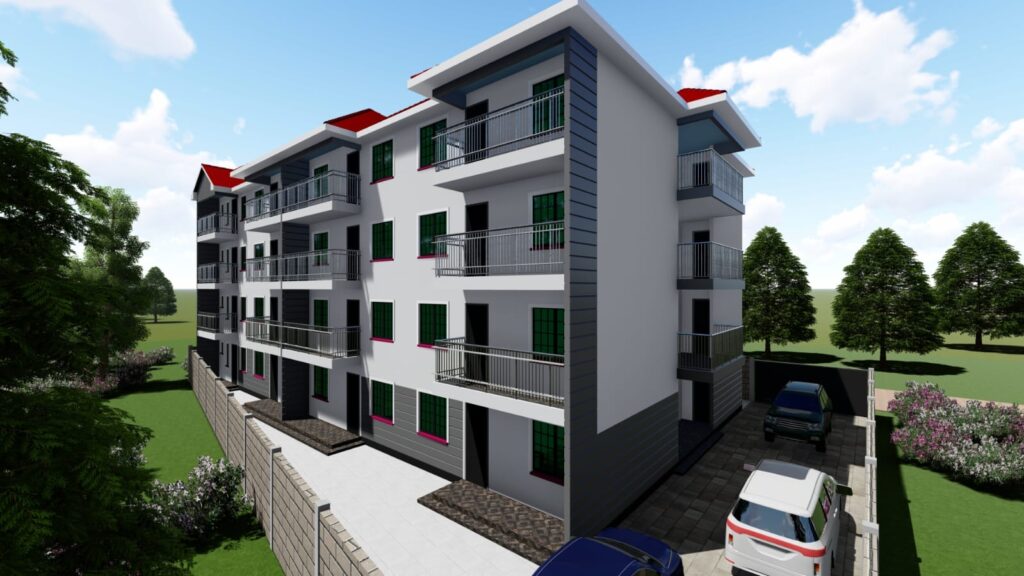
Step 2: Hire a Registered EIA Expert
You must hire a NEMA-registered EIA/EA expert to prepare and submit your documents. These experts understand regulations, draft reports, and guide you through public participation and mitigation planning.
Step 3: Public Participation and Consultation
Public participation ensures transparency and helps NEMA understand community concerns. Your expert must hold meetings, record minutes, and include all findings in the final EIA or SPR report.
Step 4: Submission via NEMA Licensing Portal
All applications are now made through the NEMA licensing portal or eCitizen. You’ll upload your documents, fill out project details, and pay applicable fees online. NEMA then reviews and may request additional clarification.
Step 5: Review, Approval, or Rejection
After submission, NEMA reviews your application. If approved, you receive an EIA Licence, which you’ll use when applying for county construction permits. If rejected, NEMA provides feedback for correction and resubmission.

Required Documents and Checklist
Having the right documents ready speeds up approval. Missing paperwork is one of the most common causes of delay.
Mandatory Documents
You’ll need a project description, site plan, location map, cadastral sheet, land ownership documents, bill of quantities (for fee calculation), consultant registration certificate, and signed declarations. These documents prove ownership and project validity.
Additional Supporting Documents
Depending on the project type, NEMA may require extra documents such as a waste management plan, traffic analysis, soil test, or biodiversity report. These ensure all environmental aspects are reviewed.
NEMA Approval Fees and Timelines
The cost and duration of NEMA approval depend on your project’s complexity, location, and documentation quality.
Processing and Monitoring Fees
NEMA charges a processing and monitoring fee of 0.1% of the total project cost as stated in the Bill of Quantities. The minimum fee is typically KSh 10,000, though high-value projects pay more. These fees are paid via NEMA’s official portal during submission.

Average Timelines
Approval for low-risk SPR projects may take 2–4 weeks, while full EIAs can take 8–16 weeks. Delays often occur due to incomplete documentation, poor public participation, or incorrect categorisation of projects.
NEMA Approval and Building Permit Connection
You cannot get a county construction permit without NEMA clearance. The two approvals are closely linked in Kenya’s building process.
Role in County Approvals
Once you obtain your EIA licence or SPR clearance, you can apply for the county building permit. NEMA’s approval assures county planners that your project is environmentally compliant, expediting overall approval.
Integration with NCA and Other Agencies
Beyond NEMA, developers must register with the National Construction Authority (NCA) and other agencies like Water Resource Authority and KPLC, depending on the project. Following this order helps prevent penalties.
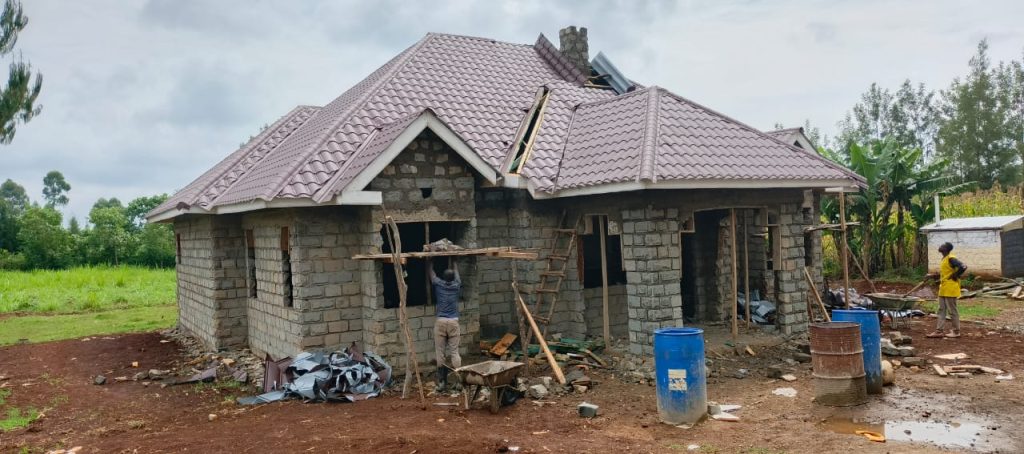
Common NEMA Approval Mistakes and How to Avoid Them
Developers often face rejection due to minor errors that could be avoided with proper guidance.
Common Mistakes
Frequent mistakes include missing signatures, incomplete documents, poor public consultation, or hiring unregistered experts. Submitting an incorrect project category or wrong BQ also leads to rejections.
How to Avoid Delays
Always confirm project risk level, double-check your checklist, and maintain active communication with NEMA officers. Submitting complete and verified documents ensures a smoother review process.
Cost and Budgeting Example (2025)
Budgeting properly helps you plan your project expenses and avoid hidden fees.
Estimating NEMA and Consultant Costs
For instance, if your project costs KSh 50 million, the NEMA fee (0.1%) equals KSh 50,000. EIA experts may charge an additional 1–2% of project cost depending on complexity, site visits, and documentation.
Why Budgeting Matters
Proper budgeting helps you allocate funds for consultant fees, site assessments, and potential revisions. It also prevents unexpected halts due to unpaid or miscalculated NEMA fees.
Appeals, Variations, and Compliance Monitoring
If your project is rejected or modified, NEMA allows appeals and licence variations.
How to Appeal a NEMA Decision
You can appeal through the National Environment Tribunal (NET) within 60 days of receiving the decision. Include reasons and supporting documents for your appeal.
Variations and Transfer of Licence
When project details change, such as ownership or scope, you can apply for a variation or licence transfer through NEMA’s portal. These processes maintain environmental accountability.

Tips to Speed Up the NEMA Approval Process
A few proactive steps can significantly reduce approval time and queries from NEMA officers.
Quick Tips for Faster Approval
Hire a registered EIA expert early, prepare all documents, and use the latest NEMA templates. Participate in public consultations, upload all reports in PDF format, and respond promptly to any feedback from NEMA officers.
Benefits of Early Preparation
Early preparation ensures smoother coordination with county permit offices, avoids penalties, and keeps your project timeline intact. Always track your submission status online via the licensing portal.
Understanding Post-Approval Responsibilities and Compliance Monitoring
After receiving your NEMA approval, many developers assume the process ends there, but in reality, it marks the beginning of an ongoing compliance phase. NEMA expects every project owner to continuously adhere to the environmental conditions outlined in the licence. These include proper waste disposal, noise control, water conservation, and maintaining the overall integrity of the site throughout construction and operation. Monitoring is not optional; it ensures that environmental safeguards remain effective over time. Developers who ignore these responsibilities risk fines, licence withdrawal, or even project suspension.
The Importance of Regular Environmental Audits
Environmental audits are critical in maintaining compliance after project approval. They serve as tools for assessing how effectively the proposed mitigation measures are being implemented on-site. NEMA requires every project proponent to conduct annual environmental audits and submit the findings through registered EIA experts. These audits check for issues such as waste mismanagement, noise levels, chemical disposal, and land degradation. Ignoring audits can lead to enforcement actions including closure notices or additional inspection costs. By staying proactive and conducting audits consistently, developers not only maintain legal compliance but also gain public trust and operational efficiency.
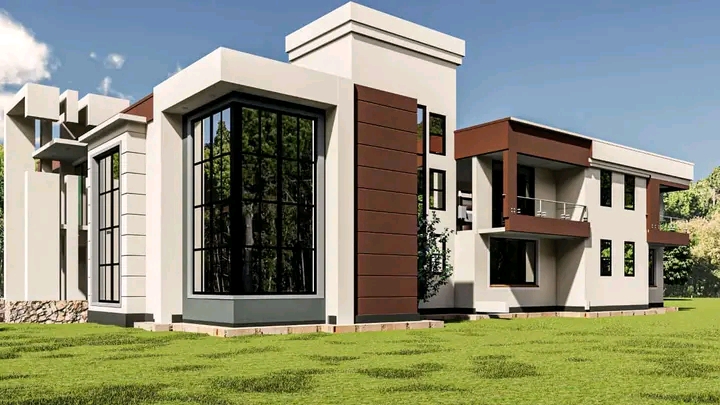
Responding to NEMA Inspections and Queries
NEMA officers periodically visit approved project sites to inspect compliance levels. During these visits, they may request to see audit reports, waste management records, or other environmental documentation. Being cooperative and transparent during these inspections is vital to maintaining a good standing with the Authority. Developers should assign an environmental officer on-site to respond to NEMA’s queries and ensure corrective actions are taken promptly. If discrepancies are found, addressing them early prevents escalation or possible penalties. Proper documentation, clear signage, and adherence to safety and waste standards always leave a positive impression on NEMA inspectors.
Digital Transformation of NEMA Services and eCitizen Integration
In recent years, NEMA has embraced digital transformation, making environmental compliance faster and more accessible. Developers no longer need to submit physical files to NEMA offices; everything is now processed digitally through online platforms. The integration of NEMA services with eCitizen has simplified licensing, fee payments, and project tracking. This modernisation has helped reduce human errors, corruption risks, and long approval timelines. It also allows applicants to receive updates via email and track progress without visiting NEMA offices physically.
How the Online Licensing Portal Works
The NEMA licensing portal enables users to create accounts, upload EIA or SPR documents, and pay fees securely. Once a submission is made, the system automatically assigns a reference number and routes the file to the relevant regional NEMA office. Applicants can log in at any time to check the review status or download approved licences. The portal also features notification systems that alert users to queries, missing documents, or approvals. This online model has created transparency and improved accountability in Kenya’s environmental approval process. It’s now considered a key milestone in digitising public services, matching global standards in environmental management systems.
Benefits of eCitizen-NEMA Integration
The integration between eCitizen and NEMA ensures a centralised point for most government approvals. Developers can now link their NEMA application with county permits, land search records, and other statutory requirements. This one-stop approach prevents duplication of data entry and allows agencies to cross-verify submissions instantly. It has drastically improved coordination between county governments and NEMA, leading to faster permit processing. For developers in remote areas, the system provides inclusivity by removing geographical barriers, allowing them to complete the process from anywhere with internet access.
NEMA Enforcement, Penalties, and Legal Implications
Failure to follow NEMA regulations can lead to serious financial and legal consequences. The Authority has the power to suspend, revoke, or refuse to renew a licence if an applicant violates environmental laws. These enforcement measures are guided by the EMCA Act and are designed to protect the public and natural resources from harm. Understanding the penalties beforehand helps developers avoid costly mistakes and reputational damage.
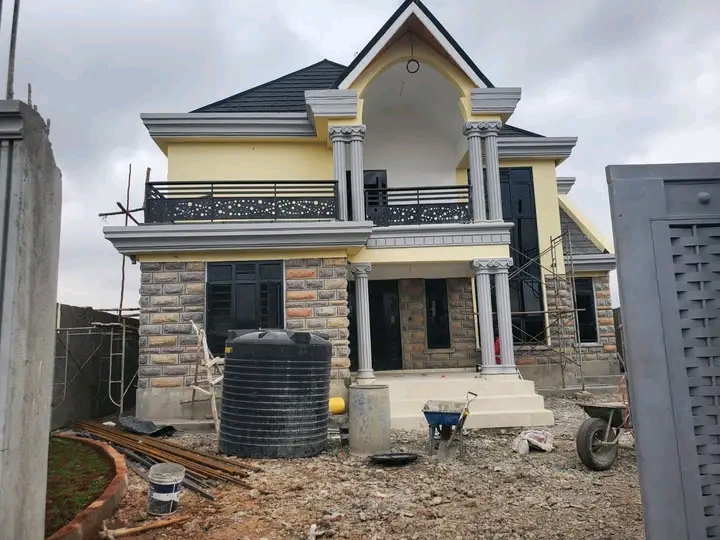
Common Offences and Their Consequences
Typical offences include starting construction without NEMA approval, falsifying documents, ignoring audit requirements, and discharging waste into the environment. Offenders may face fines ranging from KSh 500,000 to several million depending on the magnitude of the violation. In severe cases, NEMA may also order site closure or demolition of unauthorised structures. Repeat offenders could be barred from future approvals altogether. Complying with all environmental guidelines is not just a legal duty but also a demonstration of corporate responsibility and ethical development practices.
How to Handle NEMA Enforcement Notices
When a violation is detected, NEMA issues an enforcement notice specifying the issue and requires corrective action. Developers are usually given a limited timeframe, often between 14 and 30 days, to comply or appeal. Ignoring the notice leads to further sanctions including court proceedings. The best approach is immediate engagement with NEMA officers to clarify any misunderstandings and demonstrate readiness to resolve the problem. Maintaining proper records and timely responses can often prevent the matter from escalating to legal prosecution.
Environmental Sustainability and Green Building Initiatives
Beyond compliance, NEMA encourages developers to integrate sustainability into every stage of their project. This aligns with global climate goals and Kenya’s Vision 2030 blueprint. Green building practices reduce long-term operational costs while enhancing the quality of life for future occupants. By embracing environmentally friendly designs, developers can achieve both compliance and competitiveness in the market.
Sustainable Construction Practices
Sustainable construction involves using locally sourced materials, minimising waste, and implementing energy-efficient designs. It also includes water recycling, solar integration, and natural ventilation strategies. These practices not only help in gaining easier NEMA approvals but also reduce overall carbon footprints. Developers adopting green standards often benefit from reduced maintenance costs and higher property value. As Kenya continues to urbanise, integrating sustainability has become a major expectation from both regulators and clients.
NEMA’s Role in Promoting Green Building
NEMA works hand in hand with county governments and organisations like the Kenya Green Building Society to promote sustainable construction. The Authority provides guidelines and recognition to projects that adopt renewable energy and eco-friendly waste systems. Through incentives such as faster approvals and reduced monitoring costs, NEMA encourages a shift toward climate-conscious development. Developers who lead in green innovation stand a better chance of attracting investors and government partnerships.
Case Studies: Successful NEMA Approval Experiences in Kenya
Real-world examples provide valuable insights into how proper planning can lead to faster and smoother approvals. Several developers in Kenya have successfully navigated the NEMA process through thorough preparation, transparency, and use of qualified experts. These cases demonstrate that compliance is achievable when the right approach is taken from the beginning.
Residential Development in Kiambu County
A real estate company developing a gated community in Kiambu obtained its NEMA approval in under six weeks by working closely with a registered EIA consultant. The team conducted thorough public participation meetings and submitted all required reports digitally. Their proactive approach, including soil and water testing before submission, eliminated unnecessary queries from NEMA. This case highlights how preparation and expert guidance can shorten approval times significantly.
Industrial Project in Mombasa
An industrial plant in Mombasa secured NEMA approval after completing a detailed Environmental Impact Assessment. They invested in community consultations and implemented an air pollution control system that exceeded basic requirements. This commitment not only earned them faster approval but also community support, reducing future conflict. The project became a benchmark for industrial developments seeking to balance progress with sustainability.
Conclusion
Obtaining NEMA approval in Kenya is one of the most critical steps before starting construction. It confirms that your project aligns with environmental regulations and protects the community from harm. By hiring a qualified expert, preparing proper documentation, and following NEMA’s step-by-step process, you can get your approval faster and avoid costly rejections.
Take time to understand the fees, timelines, and linked permits so your project proceeds smoothly and legally.

